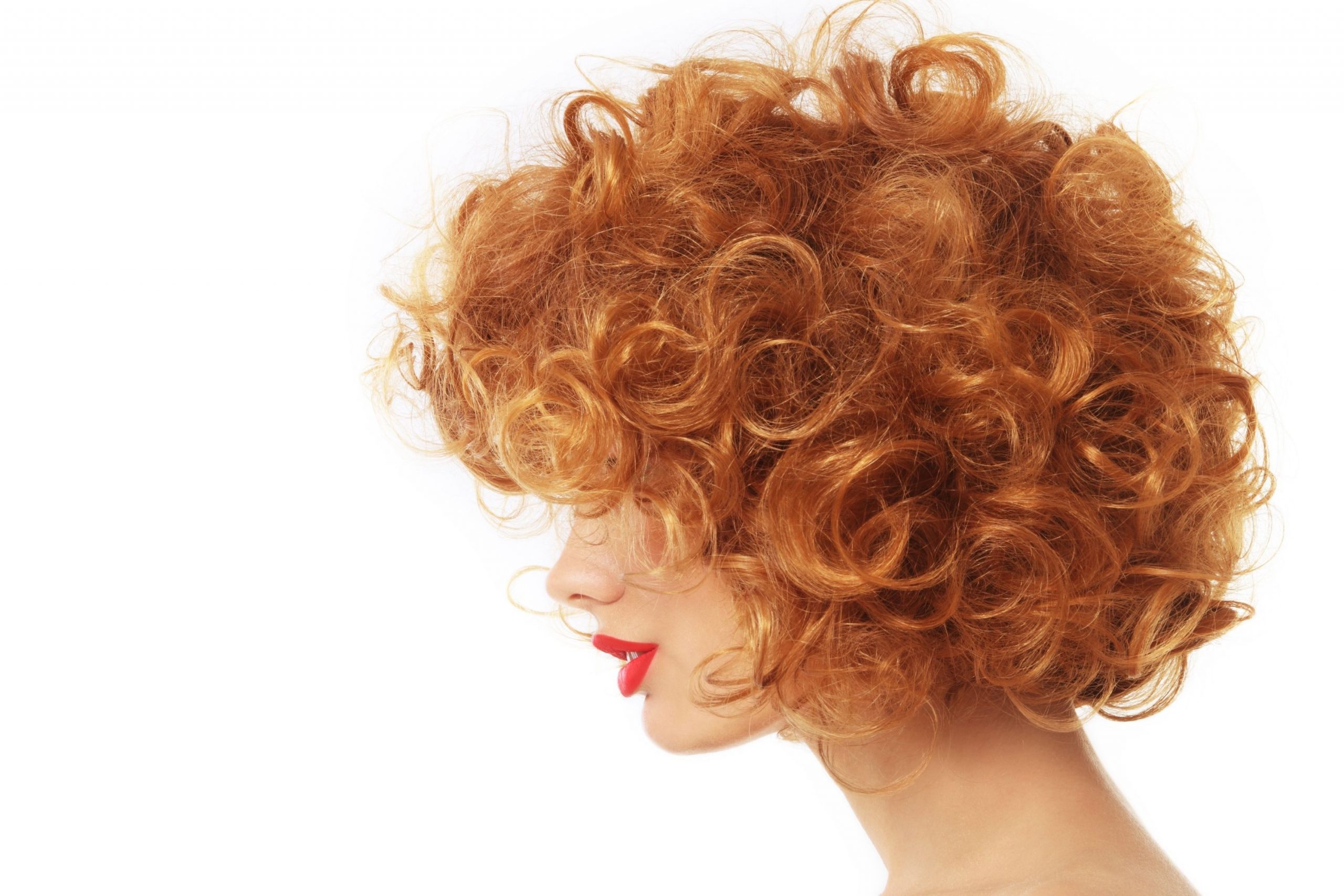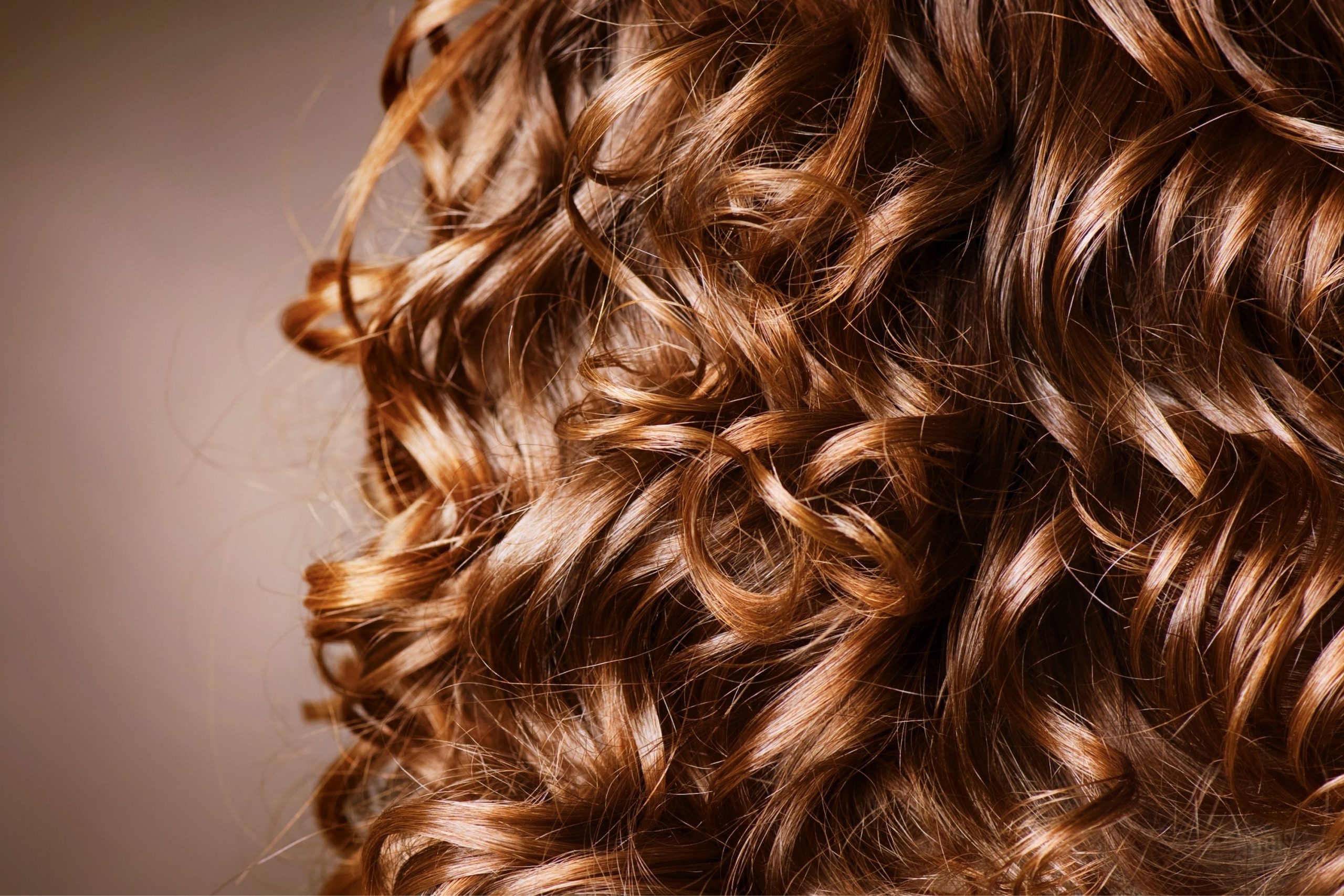There are so many hair styling techniques these days that sometimes you might be using one for quite a while without even being aware that you already know it! Plopping your hair, by the way, is one of them.
Its name may seem new to you, but if you learn what it is about, you will surely exclaim “I have already done it before!”. However, even if you really have, we are pretty sure you still have questions regarding the nuances of this procedure.
So today we will tell you more about plopping as a hair styling procedure, teach you how to plop, and in particular, how to plop your hair with a shirt and with a towel. And of course, we have a bunch of handy tips and easy to use life hacks that will help you to home style your locks with no effort at all.
What to Do After You Make Plopping Of Your Hair?
So, you found the description of this curly hair styling method, and you repeated it on your own locks. And now what? What are you supposed to do after plopping your hair? This question comes from everyone, no matter whether you make use of a plop as a part of your daily shower routine to get rid of the excess moisture, or you sleep in a plop during the night.
The reason why girls keep on asking this question is that normally, the only thing you see after you take that plop off is curls that are squashed and flattened. So probably most of you wonder how much you need to scrunch, or finger comb, or fluff, or even shake out.
First of all, you need to be ready that your curls will look a bit weird for a while after plopping. This happens as a reaction to being in a controlled environment that is protected from gravity under the cover of a towel or a shirt.
So right after you gently remove the t-shirt or a towel from your head, look for any obvious bits of hair that need to be lifted off your scalp. For instance, those around your face. Clipping the roots at this point can, by the way, give them some of that lift they need so much.
Some girls engage gentle curl shifting at this stage. Or, as an option, moving clumps around to where they feel those belong.
And finally, it can be a good idea to simply bend over and give your mane a good scrunch and fluff the second your locks are getting closer to dry. At this point, feel free to make use of your fingers next to your scalp on the underside of the curls. It will help you to add more volume to the roots a bit.

What Is Plopping Exactly?
So now you know what you shall do after plopping our hair. But what is that plopping exactly?
Plopping hair is a heat free hair styling technique that requires using a t-shirt or a towel. It is used for taming the wild curls and the result of a properly made plopping is polished, glossy, and bouncy spiral locks that are absolutely frizz-free!
Hair plopping helps the owners of curly strands cut down on drying time and also it keeps that annoying frizz away since you do not touch your curls while they are being dried. Traditionally, there are three major ways you can plop your hair at home, and each of them is very simple to repeat.

How to Plop Your Hair? Methods to Choose From
Naturally, if you have curly hair, you might want to try plopping out to see how it works and whether it really helps to tame frizz on your tresses. So below you will find a detailed guide on how to plop curly hair step by step. With that instruction, you will be able to plop easily as if you have been doing this for all of your life.
So begin with getting all the tools ready. For plopping your locks, you will need:
- a leave-in hair conditioner
- defining hair gel
- hair tie
- a blow dryer with a diffuser
- a shirt or a microfiber towel
Once all that is ready, you can proceed to plopping itself. Depending on whether you are using a towel or a t-shirt, the sequence of actions may vary, so read on carefully.

How to Plop Your Hair Using a Long-Sleeved T-Shirt?
This plopping method requires using a t-shirt with long sleeves or a shirt. But despite the “tool”, we recommend you start with freshly washed wet hair. See, your locks must be nearly soaking wet for the plopping to go smoothly, this is why the best you can do to plop successfully is to undergo the whole procedure in a shower.
So wash your hair and apply a leave-in conditioner to it. The product will keep the strands hydrated without making them heavy.
The next step will be to give your curls a shake up and down and side to side to loosen them without touching so that you could prevent the frizz.
Now take your t-shirt and place it on a flat and even surface with the sleeves facing you. Now, gently fold it over from the waist, place your curls right in the center, and position the t-shirt at the nape of your neck.
However, if your goal is to stretch your tresses, we would recommend you wrap your hair without scrunching your curls.
The next step will be to take the sleeves of your t-shirt and tie them in a knot behind your head. As a result, you should have created a turban. Now, depending on the texture of your hair, you will have to wait from ten to twenty minutes to let all the excess water absorb. But if you have type 4 hair, you can leave that turban on your head overnight easily.
Finally, after you go through all of these steps, you can give your hair a good shake and leave it air dry, of course, if it is not totally dry already. As an option, feel free to make use of your blow dryer with a diffuser, only keep the heat on low to finish the process, and don’t touch your locks with your fingers to not ruin the result and avoid the frizz.

How to Plop Your Hair With a Towel?
Using a towel is a bit simpler and faster alternative way to plop your hair at home. For using it, take a large towel like the one you use for drying yourself after taking a shower. Remember that it must be wide and long enough to wrap around your head and keep all your hair totally covered!
So once you find it, wash your hair and apply a leave-in hair conditioner. Then, take your towel, and spread it on a flat surface. It can be anything: a countertop, your bed, or even the toilet with the seat down!
Place all your curls at the very top of your head, bend over, and let them pile up onto the towel until the crown of your head just slightly touches it. Gather the hair up in the towel wrapping it around so that you have a turban when you are finished.
Both methods we have just described are easy to use, only please note that, if you decide to leave your hair plopping turban overnight (that’s if you have type 4 hair), you might need to fix the towel or the shirt somehow so that it will not slide away while you are sleeping.
How Does This Method Work?
Indeed, why wrapping your curls in a turban helps them to get rid of frizz and make your hair glossy and smooth? What is the secret? Well, the magic is very simple in fact. When you place all of your hair on top of your head and wrap it up with a towel or a t-shirt, your curls get pressed together and scrunch themselves resulting in smooth and shiny curls.
In case you are using a leave-in hair conditioner as well, the towel or the t-shirt will trap the heat that is coming off your head thus helping the product to penetrate the tresses way better. As a result, you will have super soft and luxurious locks!
This way, your strands also dry faster than they would if you just leave them air dry or apply a blow dryer. But the best part of it all is that plopping is a totally hands-off technique! No need to use any drying or styling tools or appliances! You just wrap your washed hair in a towel and wait until the job is done!

How Long to Plop My Hair?
Yep, that is a good question! In general, if you have short hair, plopping must not take you much time. But if your locks are long enough, plopping might take you quite a lot of time.
However, there are still no strict rules here. You just keep your hair wrapped in a towel or a shirt until it’s done.
For some girls, plopping can take around twenty minutes to half an hour to let their hair dry sufficiently. And later they will just finish the process with blow drying the curls or letting them air dry.
For others, the only way to get their locks properly plopped is to sleep on them. Which means that they will get their dreamy curls after seven to eight hours only with quite a lot of unwrapping in the morning.

Does Plopping Cause Frizz?
This question bothers most of us since dealing with frizzy hair and trying to tame it is quite a challenge and not an easy task. The answer will be no, plopping does not typically lead to frizzing. However, everything depends on a few factors that you need to take into account:
- It matters whether you use the product correctly
- You need to plop at the level of hair wetness that works best for your curls
What product are we talking about? Well, it can be either a leave-in hair conditioner or a gel, whatever you usually use. See, the trick here is the moment when it is applied because no matter which of these products you usually stick to, they must be applied onto your hair before you proceed to plopping. Only before! Only in this case the styling gel or the leave-in conditioner will set your curls!
Also, consider that your hair must be wet when the product is being applied. If you do this on dry locks, the frictions may lead to the frizz development.
As for the level of wetness, it is only you who knows for sure how wet your tresses have to be to plop ideally. Do they have to be soaking wet? Or dripping wet? Or just wet? Figuring that out might take some time and several ruined attempts to plop, but it’s definitely worth it! Like this, you will know for sure how wet your mane must be to give you the best plopping effect ever!

Do I Need to Use Any Styling Products At All?
Well, that’s a reasonable question since we would like to have our hair as less affected by chemicals as possible. And if we are talking about plopping, the one good thing about this hair styling method is that it is not dependent on products at all!
It means that, if you normally use some hair styling products on a regular basis, feel free to apply them when plopping your curls. But if you are a product-free girl, it’s ok if you don’t include them this time either.
The only obvious reason why we would recommend you think of using styling products is that they can really help to keep your locks better curled and give them that luxurious glossy look.
So, this was our detailed guide on how to plop curly hair, what to use for plopping, and whether or not you need to incorporate styling products into your plopping routine. With all that in mind, we are sure that your curls will become even more astonishing from now on!
[wp-faq-schema title=”Frequently Asked Questions”]

I heard that hair plopping can be done with either a long-sleeve t-shirt, or with a short-sleeve one. Does it matter which one to use? Will that affect the result of the procedure?
Hi! No, as for me, it doesn’t matter at all what shirt you will be using. I tried both methods, and the only distinction I noticed was that the short-sleeved shirt was less comfy for me to use. But perhaps it was because I used it on quite long hair.
Does it matter what material my towel is made of to use it for plopping? Maybe there are some recommendations I need to know? I’ve never plopped before (really!) so I’d be thankful for any help!
Well, just make sure your towel absorbs water well. I remember I used a cheap towel once that almost didn’t absorb the water from my hair. That was a nightmare! That was the only time I failed plopping.